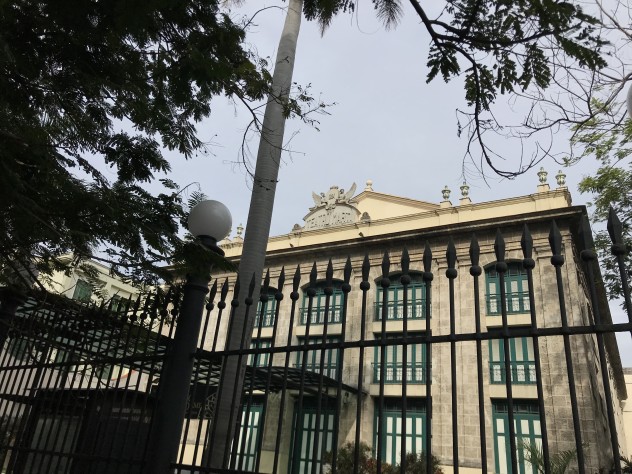
Background
My original project proposal:
How can something continually influence a culture it directly contradicts? Last year, I was privileged to study Spanish in Cuba with Colorado College. I immediately became immersed in the lively culture – claves reverberating through streets, passionate salsa dancers in the clubs, and street artists displaying works of beauty and depth. One aspect of the culture that I truly did not expect to encounter, however, was that of American rock and roll. Cubans deeply resent the embargo the United States placed on their country in 1958, as it strangled Cuba’s access to resources. Virtually anything having to do with the United States can breed animosity or mockery among Cubans, but rock and roll stands apart. More importantly, the Beatles stand apart.

